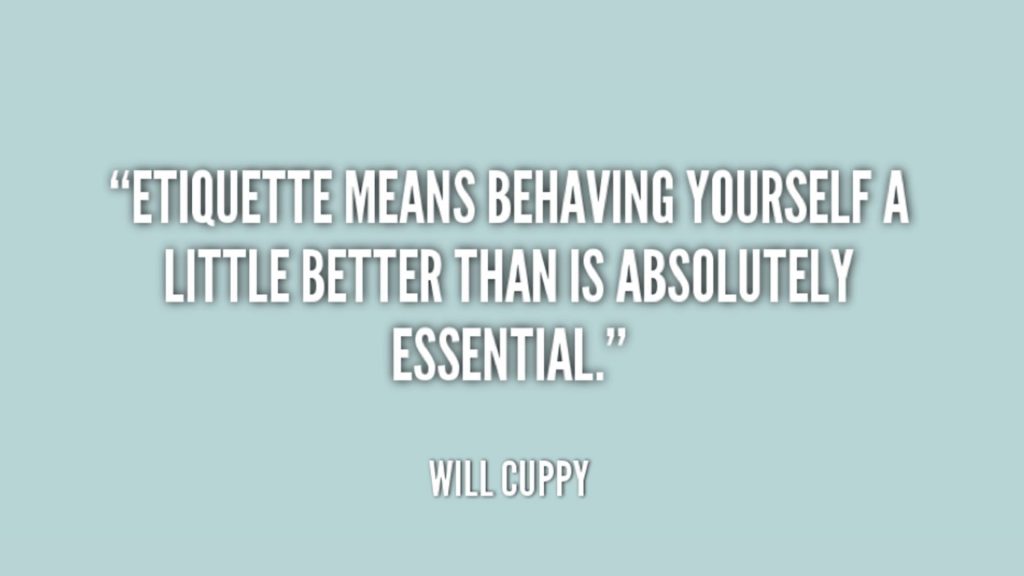Here’s our next batch of Cuban salsa tips, this time about an essential topic for dancing rueda anywhere. While we don’t talk about it much in class, we’re sure most of our students have heard us mention this incredibly important universal tip. ‘Ruedetiquette’, or rueda etiquette or the protocol to follow in any social rueda, is based on our years leading and joining ruedas. It is valuable to any caller, dancer, leader, follower, interested onlooker, and, most importantly, the quality of the rueda! We hope that if everyone follows these simple steps, everyone can continue to enjoy rueda for many years to come.
Ruedetiquette: Level
A few years ago, in a well-known club in Madrid, we were shocked to hear of their new ‘no-rueda policy.’ Having called ruedas for years, in much smaller clubs for years and without any problems, we had to ask why. “Some people complain that they want to join the rueda, but aren’t allowed by the caller; I’m not saying you do that, but it’s just like that,” said the manager. We were stunned! For us, social rueda is the opposite of exclusion. It’s not a group show to demonstrate how well you dance, but a way to get everybody to dance. Mistakes or not, flow or hiccups, it’s about togetherness.
For rueda callers, try to follow this first point of Ruedetiquette: always adapt to the dance/rueda level of the participants. This is especially important if you don’t know all of the participants. If you realize that there are people who can’t really follow what’s going on, focus on steps that don’t require difficult transitions or quick partner changes. Everybody will have a better time and you can always call a more advanced rueda later.
For example, a good exception would be if the caller announces that the rueda will be difficult beforehand, or that it will involve dancing a specific rueda structure. This brings us to our next tip!
Ruedetiquette: To join or not join a rueda
- If the rueda is about to start and you don’t know the caller, ask for permission to join. Normally, they will say yes. If the caller doesn’t know you, they should be looking after you and adapting the rueda to your level.
- If the rueda is already underway, before asking for permission to join, please observe carefully which commands are being called. Do you know most of them? Are they doing a specific rueda structure? In that case, does the structure require a specific number of couples? Are they switching dancing on the 1 and 5, or are they switching roles? You may join if you think you can perform most moves/that structure. However, you should not join if they are executing moves and transitions you don’t know or dancing in a structure that requires an even number of couples: rueda contrario, rueda llanta, rueda mixta, rueda avenida, etc. In any case, joining an ongoing rueda requires always that you establish some sort of communication with the caller and ask for permission to join.
- Make sure you have a partner. A rueda is dynamic and improvised by the caller and depends on couples dancing salsa in a big group. So, transitions and partner changes should flow and be smooth. This is only possible if there are no dancers by themselves. Any quick transitions or group integrated moves (i.e. tumba francesa) can turn into chaos without a balanced group.
- If you dance as a follower, don’t lead your partner. We know, you know the steps, particularly since the command that has just been called. You could probably even do it with your eyes closed. But, you are dancing the follow/er role! Let’s say, your partner suddenly decides to lead a different move because they didn’t understand the command. Maybe they learned this particular move in a different way, want to their own style to it, etc. If as a follower you try to lead your partner, you can potentially hurt yourself and your partner. But, if you want to learn the other role, learn to lead! It’s a fun challenge!
- Similarly, if you are a leader, lead your follower! There are some steps where followers are more independent, like when ‘Dame!’ is called. But, many others require you to properly indicate the move to your partner. Always remember: be gentle, have tension and style with a smile!
Please, follow these Ruedetiquette tips if you want to join a rueda. Rueda callers will be eternally grateful!

Ruedetiquette: Moves
Above all, a rueda has to be fun and have a lot of flow. This always comes before doing complicated or difficult moves. At Dame2Salsa, we mostly teach moves that can be called anywhere in the world. Yes, we always throw in the local favorites (Play Pedro)! So, this means we also have a preference for shorter steps (32-beats or less), as most of them can be called as a combination of moves.
We are not against risqué moves (i.e. príncipe bueno, enchufla espagueti, yogur), but we really dislike explicitly sexual or crude calls. We’re sure you can think of plenty! Not surprisingly, in these types of moves, the receiving end is almost always the follower, who can’t avoid or counter it. This is precisely why we don’t call these moves and encourage other callers to consider taking them out of their repertoire.
When in doubt, particularly if you have no idea what was just called, our advice is to look at people who are dancing the same role as you and try to imitate them. If you are not skilled enough to do this (which is completely normal if it’s a difficult step), do a step that keeps you in motion, but easy to get out of (enchufla doble). This will enable flow and keep you dancing!
Further considerations
- What can I do if I know that the caller is dancing on the wrong beat? We get asked this by many rueda enthusiasts, as it is pretty common to see on the dance floor. It could be because there was a time switch in the song, or because the caller has gone faster or slower during one move. A discreet gesture to the rueda caller is what’s most polite. Maybe, they don’t know they are on the wrong beat or they are planning to fix it later; in any case, it’s best to follow the rueda on the caller’s beat. Wanting to impose our interpretation of the beat, even if it’s the correct one, is a bold and arrogant move, especially since we could be in the wrong. Please, take special care as there are also some rueda structures that are danced on the 5 (rueda switch, rueda confusión, rueda cruzada, etc.) and some danced on 2 (rueda contratiempo, rueda de son…).
- Before calling or joining a rueda, make sure there is enough room for it. If you are starting a rueda in closed position and couples are too close together, when the rueda changes to open position, it’s going to get ugly! Ideally, in open position a follower should not be touching the leader to their immediate left. Also, remember it’s not the rueda caller’s job to be preventing people from joining if there isn’t enough room. They are busy calling! It is the people who are thinking of joining in who should be considerate and evaluate how, or if, they should jump in.
- What do I do if I’m dancing with someone and I notice they are messing up the rueda because they have no idea how to dance rueda? It is best to suggest withdrawing from the rueda with them and finishing the song by dancing together socially. Of course, in the kindest way possible!
By following a standard of Ruedetiquette, we’re sure that all of us can continue to enjoy more inclusive, fun and accesible ruedas for a long time. Can you think of any other trips to add to the article? Leave us a comment or send us an email to
loading...
!

